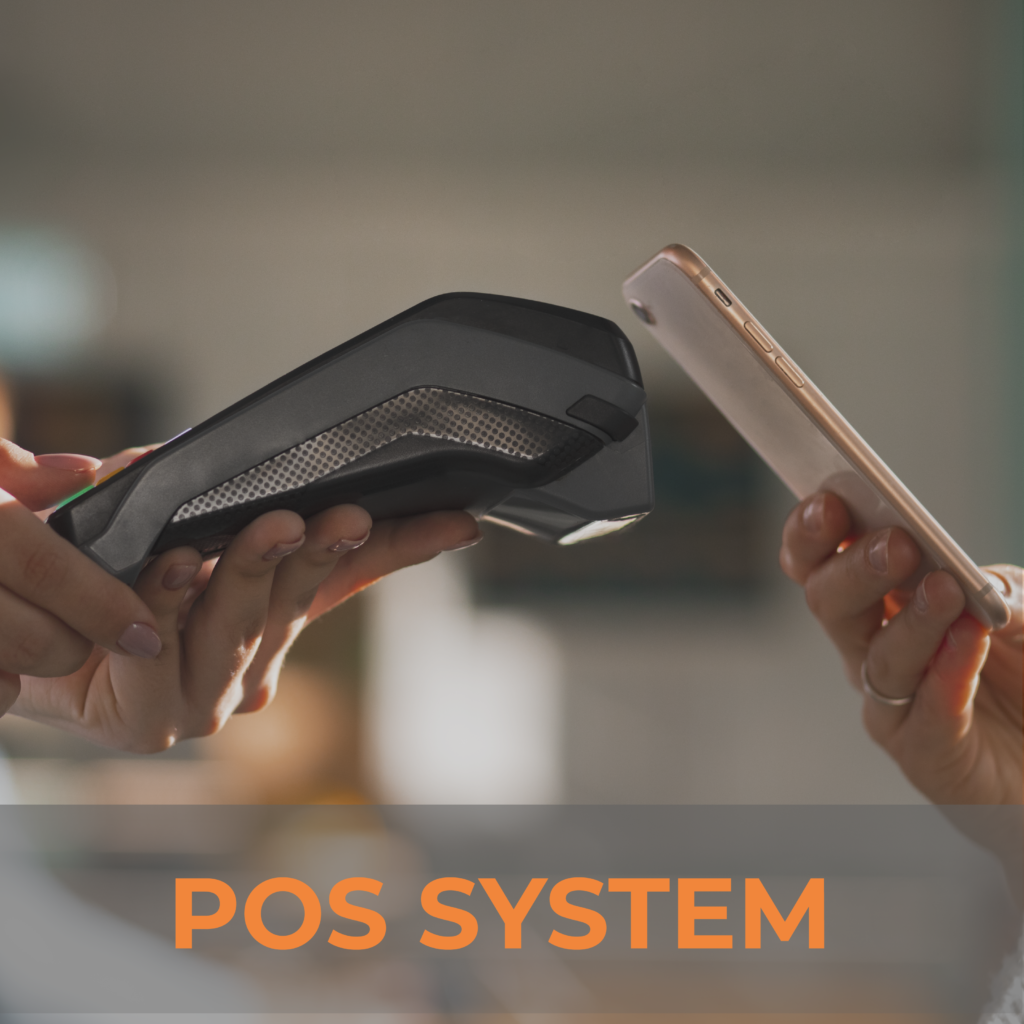
Revolutionizing Retail: Unlocking the Potential of a Comprehensive POS System
In the dynamic world of retail, where consumer expectations are rapidly evolving, a cutting-edge Point of Sale (POS) system can be the key to success. A modern POS system goes beyond simple transaction processing, offering a comprehensive suite of features that streamline operations, enhance customer experience, and drive business growth. In this article, we will explore the transformative power of a robust POS system and its numerous benefits for retailers of all sizes.
Streamlining Sales and Inventory Management:
One of the primary functions of a POS system is to streamline sales transactions. With its user-friendly interface, a modern POS system simplifies the checkout process, reducing wait times and enhancing customer satisfaction. Efficient barcode scanning, touch screen navigation, and intuitive workflows empower sales associates to serve customers quickly and accurately.
Furthermore, a POS system automates inventory management, eliminating the need for manual tracking and reducing the risk of stockouts or overstocking. With real-time inventory updates, businesses gain visibility into stock levels, enabling them to optimize purchasing decisions and avoid lost sales. Automated reorder notifications and integrated vendor management streamline supply chain operations, ensuring timely replenishment and minimizing administrative tasks.
Sales Analytics and Reporting:
In the digital age, data is a powerful asset, and a POS system provides retailers with valuable insights into their sales performance. Advanced analytics and reporting features enable businesses to track key metrics such as sales volume, revenue, and customer behavior. By analyzing this data, retailers can identify trends, make data-driven decisions, and implement strategies to increase profitability.
In-depth sales reports can provide a clear understanding of product performance, highlighting top-selling items, slow movers, and seasonal trends. Armed with this information, retailers can adjust pricing, optimize product mix, and launch targeted marketing campaigns to drive sales.
Customer Relationship Management:
A POS system can also serve as a robust Customer Relationship Management (CRM) tool. By capturing customer data during transactions, retailers can build a comprehensive customer database. This allows for personalized marketing initiatives, targeted promotions, and loyalty programs tailored to individual preferences.
Additionally, a POS system can enable businesses to provide a seamless omni-channel experience. Integration with online stores and other sales channels ensures consistent inventory visibility and pricing across platforms, allowing customers to shop anytime, anywhere. The ability to access purchase history and customer profiles empowers sales associates to deliver personalized recommendations, fostering customer loyalty and satisfaction.
Integration with Payment Gateways:
In an increasingly cashless society, a POS system that seamlessly integrates with various payment gateways is essential. By supporting multiple payment options such as credit cards, mobile payments, and digital wallets, businesses can cater to diverse customer preferences and provide a frictionless checkout experience.
Secure payment processing is a critical aspect of any POS system. With advanced encryption and tokenization technologies, sensitive customer data is protected, minimizing the risk of data breaches and fraud. Compliance with Payment Card Industry Data Security Standards (PCI DSS) ensures that businesses adhere to industry best practices for secure transactions.
Conclusion:
In conclusion, a comprehensive POS system is an indispensable tool for retailers looking to thrive in today’s competitive market. By streamlining sales and inventory management, providing valuable sales analytics and reporting, facilitating effective customer relationship management, and integrating seamlessly with payment gateways, a modern POS system empowers businesses to operate efficiently, enhance customer satisfaction, and drive growth. Embracing this technology allows retailers to stay ahead of the curve and unlock their full potential in the digital age.